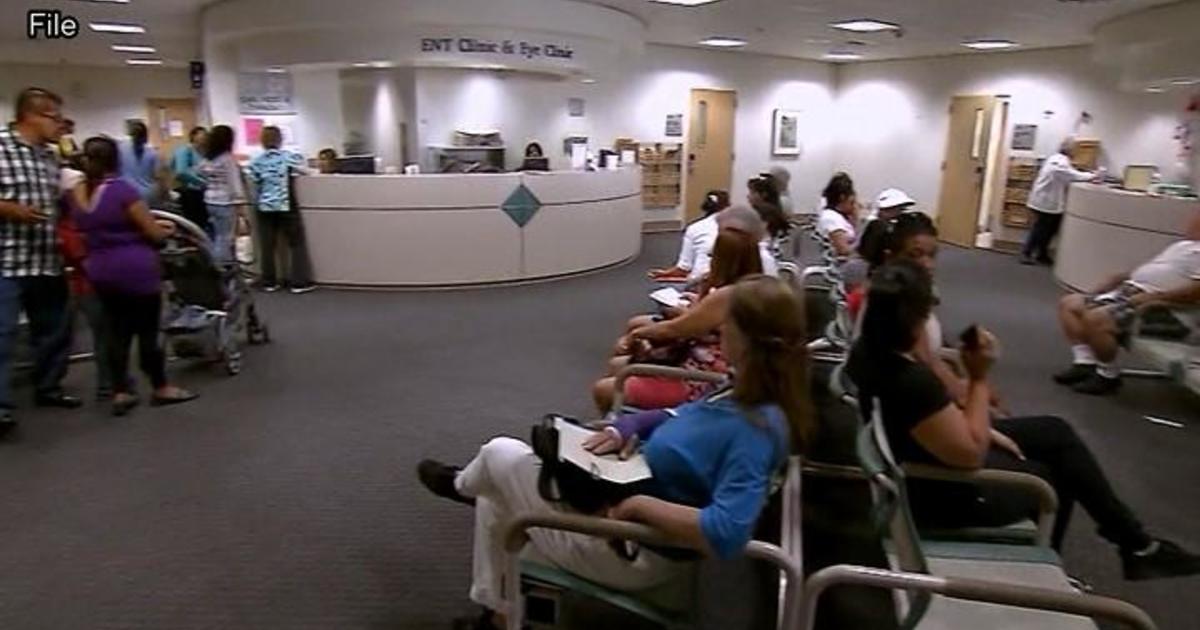Md. Recommends Tight Restrictions On Gas Drilling
HAGERSTOWN, Md. (AP) -- State regulators on Friday recommended some of the nation's tightest restrictions on shale gas drilling, aimed partly at protecting drinking water from being contaminated by methane leaking from drill sites in western Maryland.
The "best practices" recommended by the departments of the environment and natural resources include a general, 2,000-foot buffer between hydraulic-fracturing drill rigs and private water wells. That's twice the distance Maryland currently requires between gas wells and private water wells, and a bigger setback than any other state mandates, said Brigid Kenney, a senior policy adviser with the Department of the Environment.
The report also recommends that any company seeking to drill for gas in Maryland's portion of the Marcellus shale must first file a comprehensive plan for all foreseeable gas development in an area rather than for each well individually. Colorado has a similar, voluntary program, but Maryland's would be mandatory.
The interim report stems from the Marcellus Shale Safe Drilling Initiative, an effort launched by Democratic Gov. Martin O'Malley in 2011 to devise environmentally sound rules for hydraulic fracturing in Maryland. No drilling will be permitted until the state adopts rules based on a final report expected this fall.
Kenney said Friday's recommendations have no effect until they are written into regulations or permit conditions.
The report comes about two years after the deadline specified in O'Malley's 2011 executive order. The Maryland Petroleum Council has complained that the lengthy process and the prospect of overly restrictive rules could discourage companies from drilling in the state.
The recommendations released Friday would prohibit drilling within 2,000 feet of private drinking-water wells unless the applicant can show that groundwater doesn't flow from the proposed drill site toward the water well. In that case, if the water-well owner agrees, the drill site could be as close as 1,000 feet from the water well.
Another recommendation would put a 1,000-foot buffer between gas wells and the outer boundary of a public-water protection area, such as a public watershed.
(Copyright 2013 by The Associated Press. All Rights Reserved.)



